Water kettles are common household appliances used to boil water quickly and efficiently. They utilize various scientific principles and engineering techniques to accomplish this task. Let's explore the science behind water kettles and how they efficiently boil water.
Heating Element:
Water kettles typically have a heating element at the base, usually made of a metal such as stainless steel or copper. The heating element is responsible for converting electrical energy into heat energy. When the kettle is switched on, an electric current passes through the heating element, generating heat.
Heat Transfer:
The heat generated by the heating element is transferred to the water through different mechanisms:
a. Conduction: The heating element comes into direct contact with the kettle's base, which transfers heat to the water through conduction. The metal base of the kettle acts as a conductor, allowing efficient heat transfer to the water.
b. Convection: As the water near the heating element heats up, it becomes less dense and rises while cooler water descends. This creates a convection current, causing the water to circulate and distribute heat throughout the kettle. Convection enhances the overall heating process.
Boiling Point:
Water boils at 100 degrees Celsius (212 degrees Fahrenheit) at standard atmospheric pressure. To boil water efficiently, water kettles focus on providing sufficient heat to raise the water temperature to its boiling point.
Thermostat and Automatic Shut-Off:
Water kettles are equipped with thermostats that monitor the temperature of the water. Once the water reaches its boiling point, the thermostat signals the kettle to switch off or reduces the heat output. This automatic shut-off feature prevents the water from overheating or boiling dry, improving safety and energy efficiency.
Insulation:
Efficient water kettles are designed with insulation to minimize heat loss. The kettle's body is typically made of insulating materials, such as plastic or double-walled stainless steel. Insulation helps to retain heat within the kettle, reducing energy waste and ensuring that the water stays hot for longer.
Rapid Boiling Design:
Water kettles are engineered to provide rapid boiling times. They often have a narrow and tall shape, which reduces the surface area of the water exposed to the air. This design minimizes heat loss and maximizes the transfer of heat from the heating element to the water, enabling faster boiling.
Energy Efficiency:
Efficiency is an essential aspect of water kettle design. Modern water kettles aim to minimize energy consumption during the boiling process. Through insulation, automatic shut-off features, and rapid boiling designs, energy wastage is reduced, making them more environmentally friendly and cost-effective to use.
It's important to note that while water kettles are generally efficient, different models may vary in terms of energy consumption and performance. When purchasing a water kettle, looking for energy-efficient models with high power ratings can help ensure faster boiling times and reduced energy usage.



 English
English 中文简体
中文简体

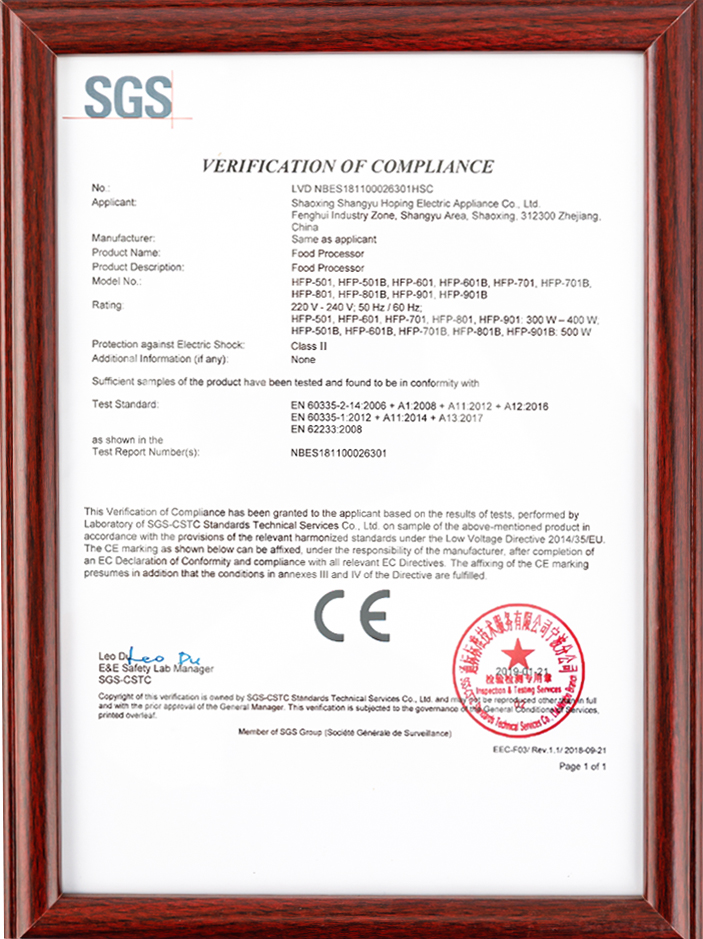
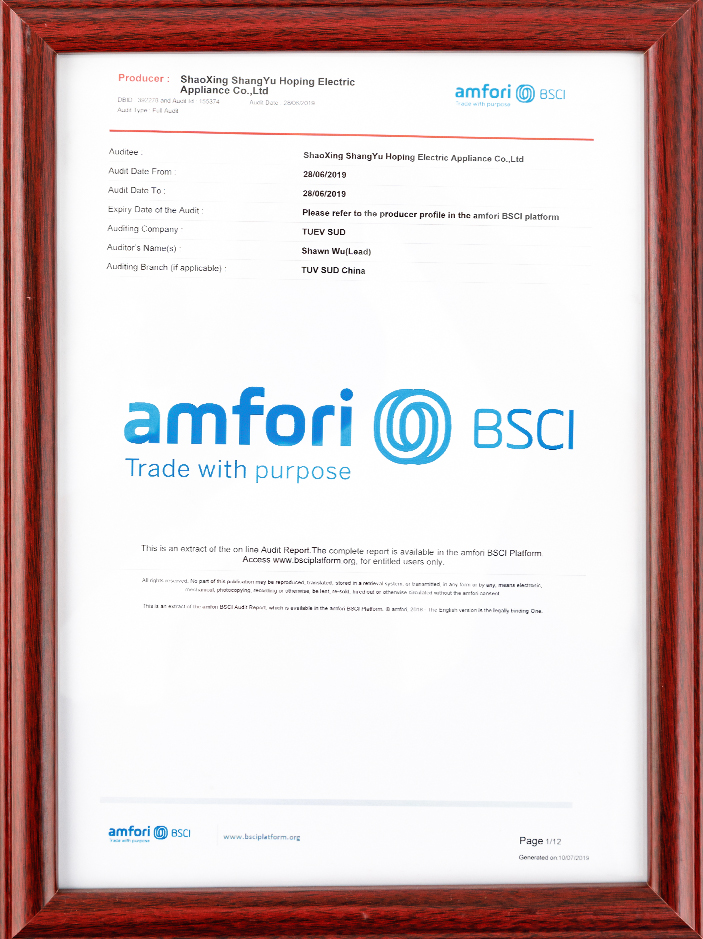
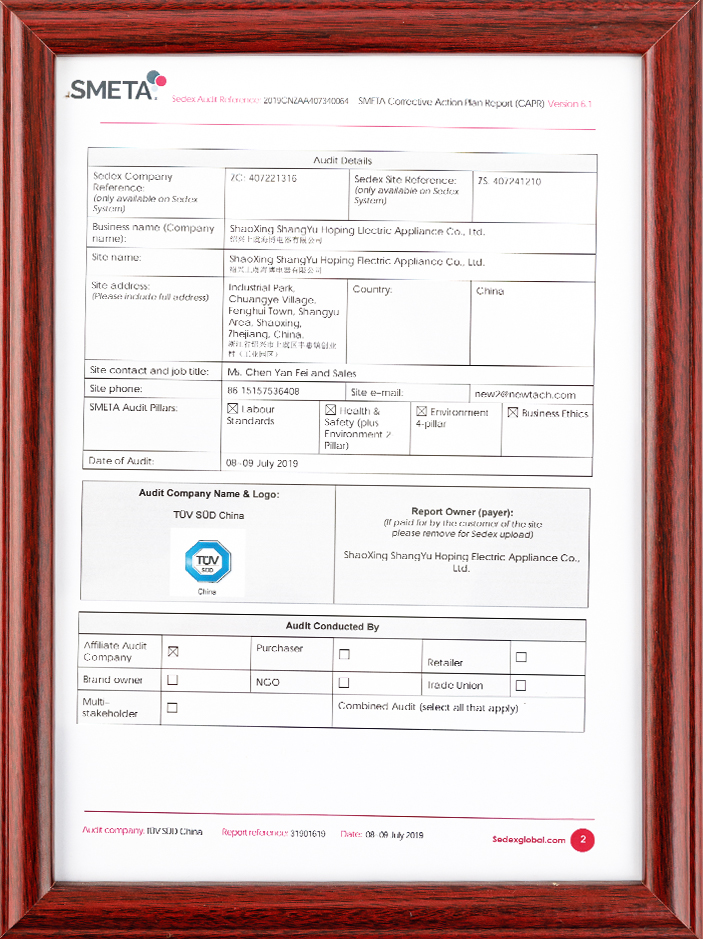
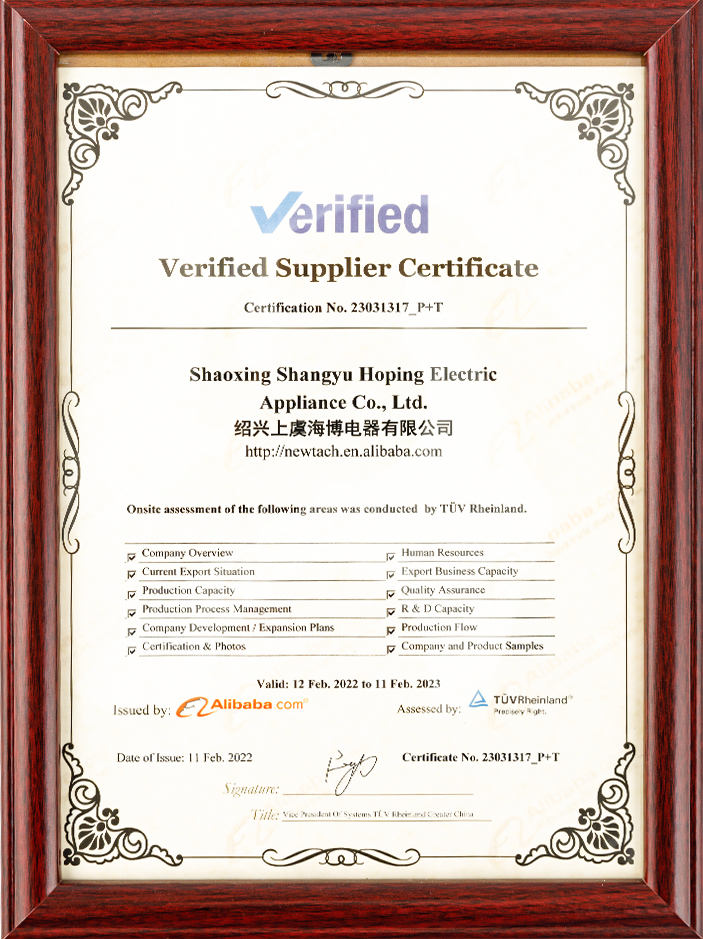
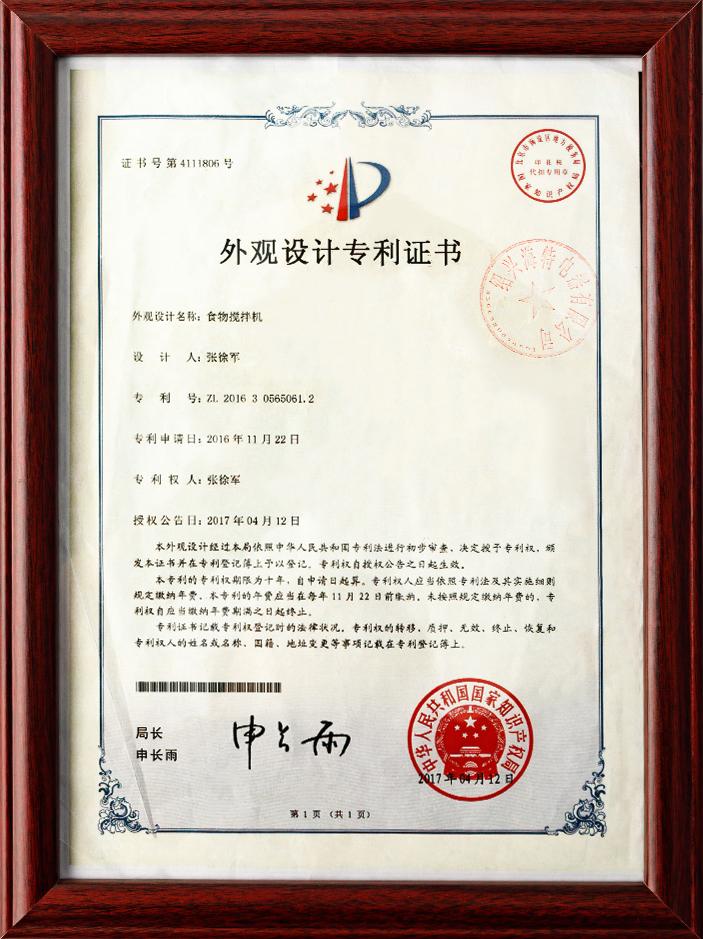
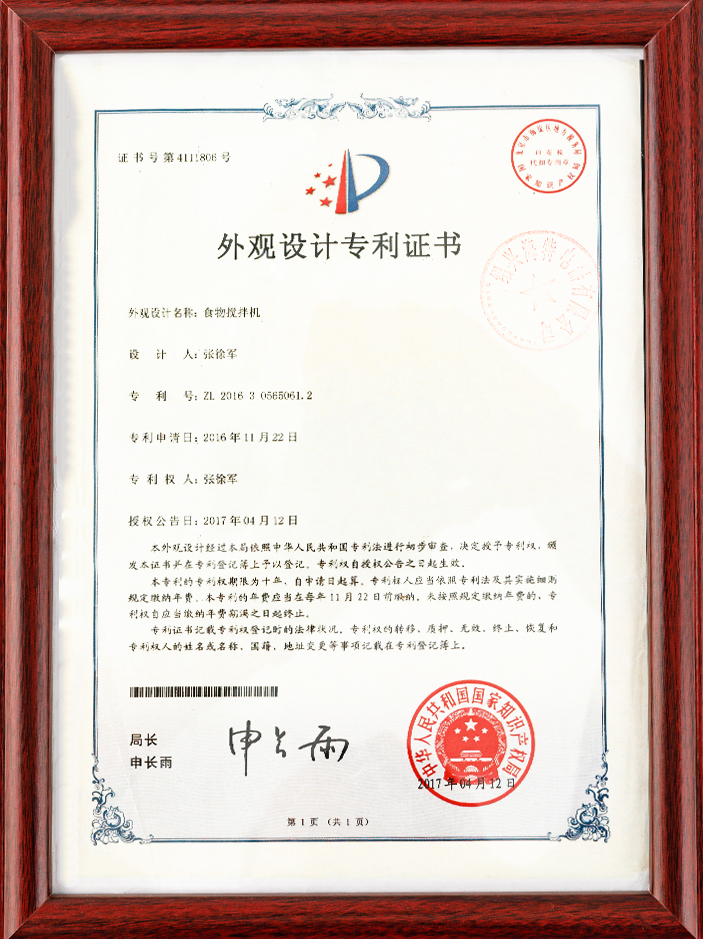
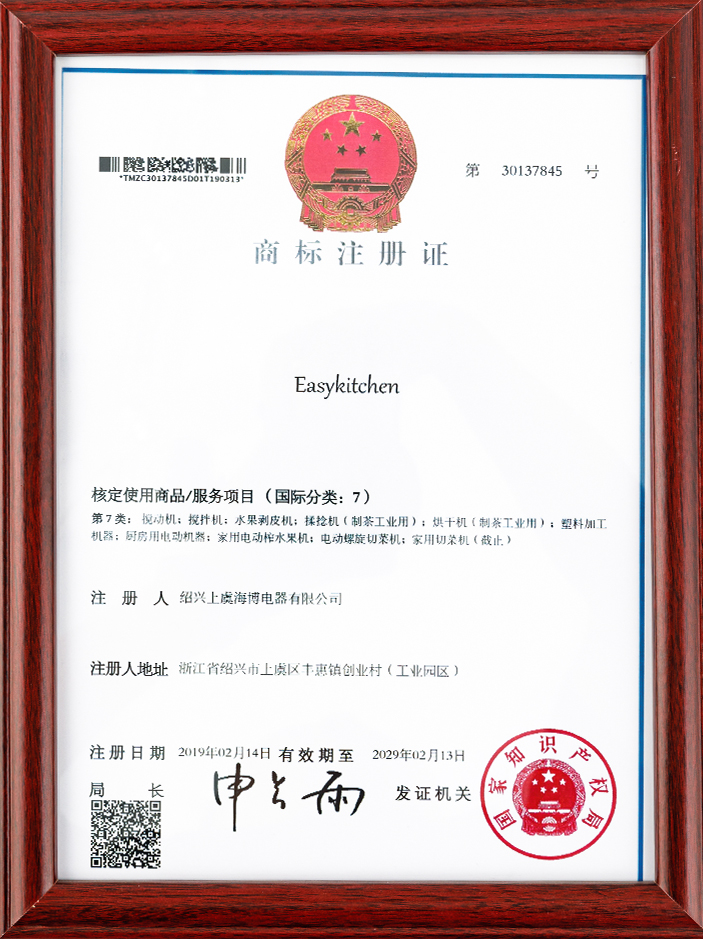
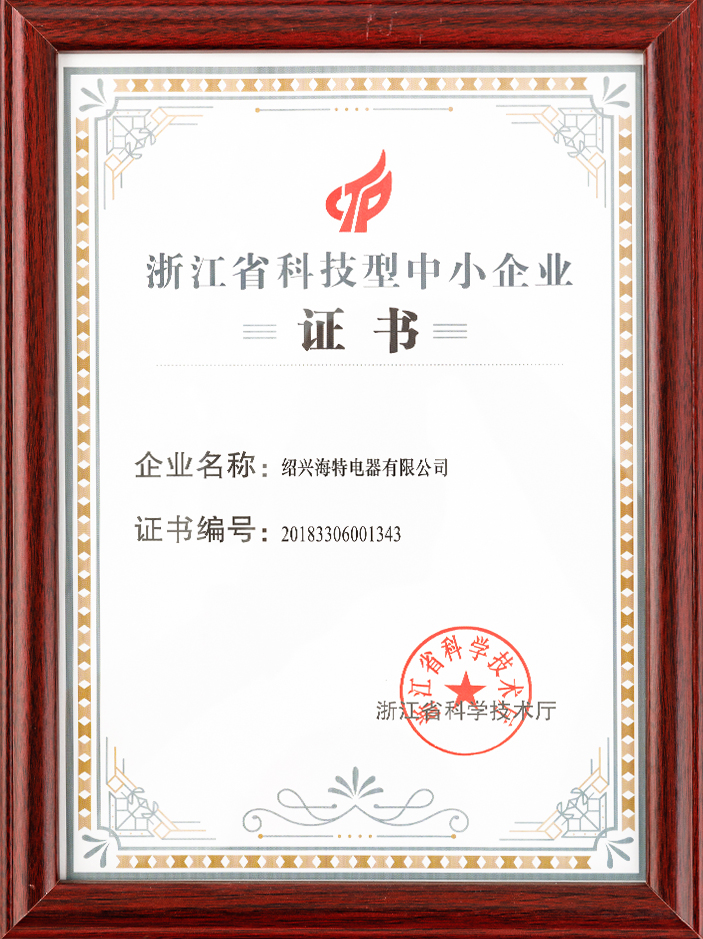
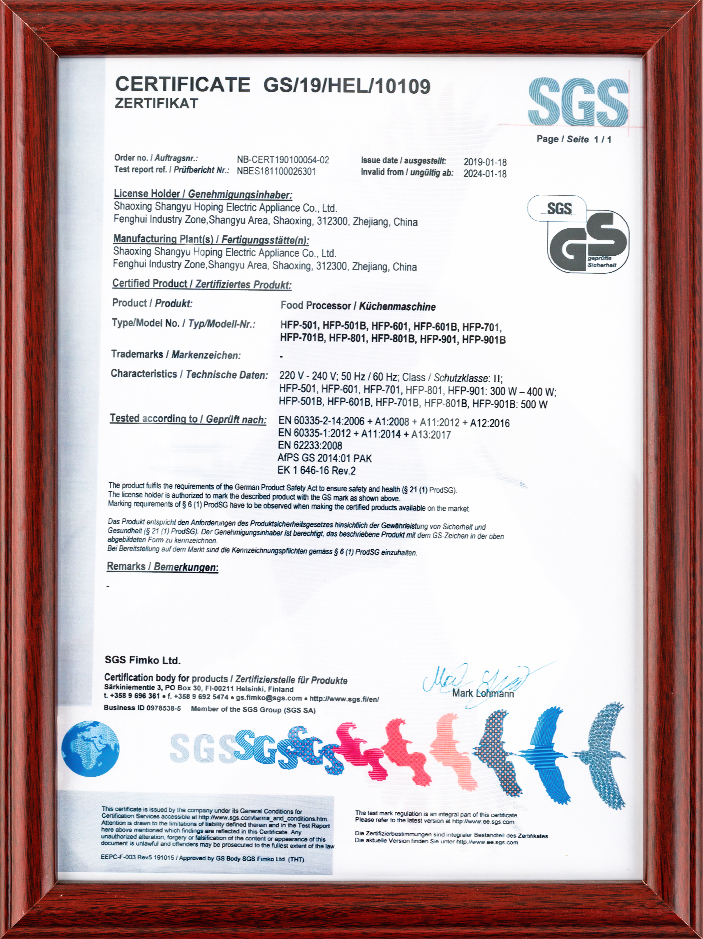





 浙公网安备 33060402001386号
浙公网安备 33060402001386号 